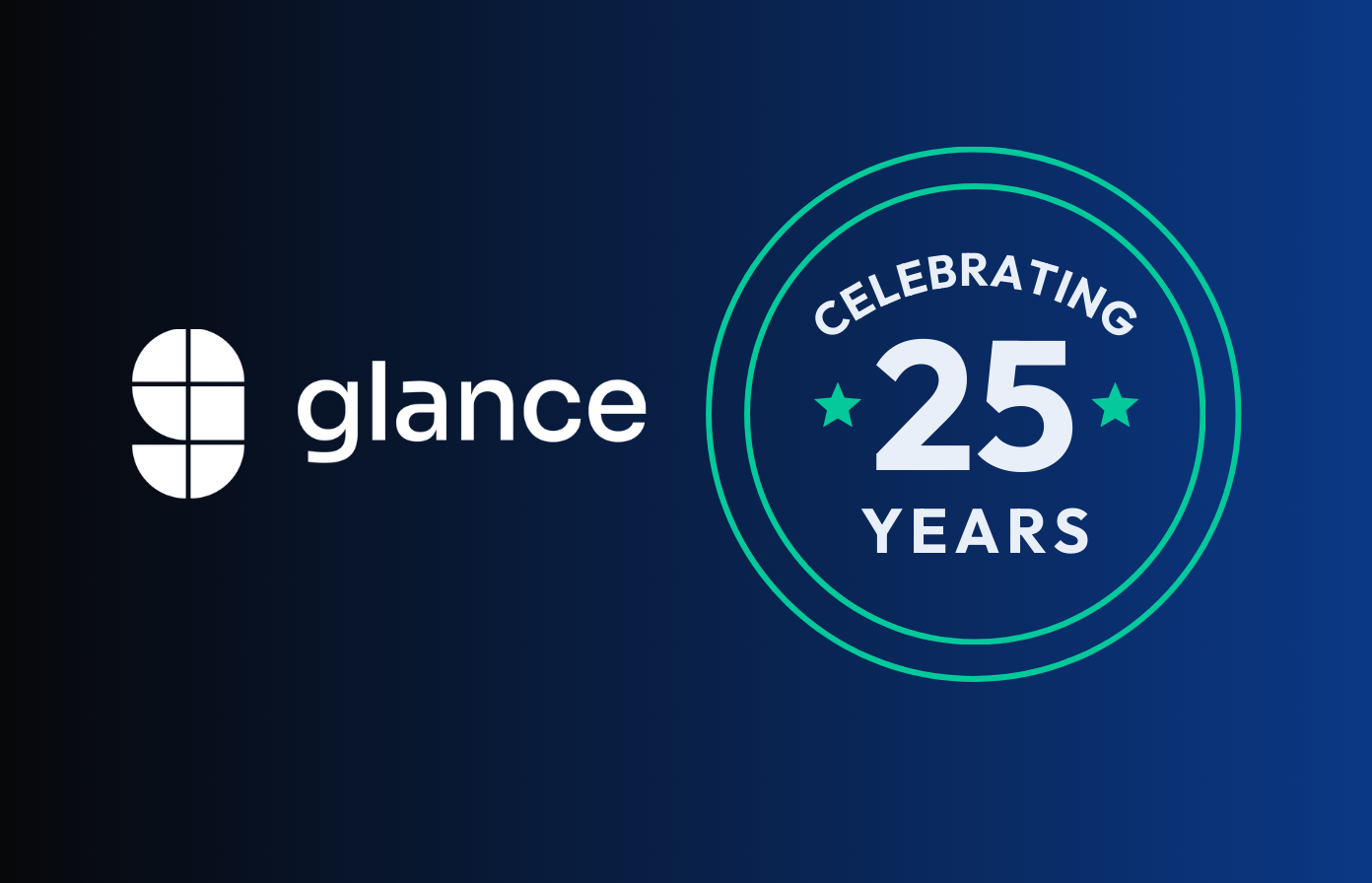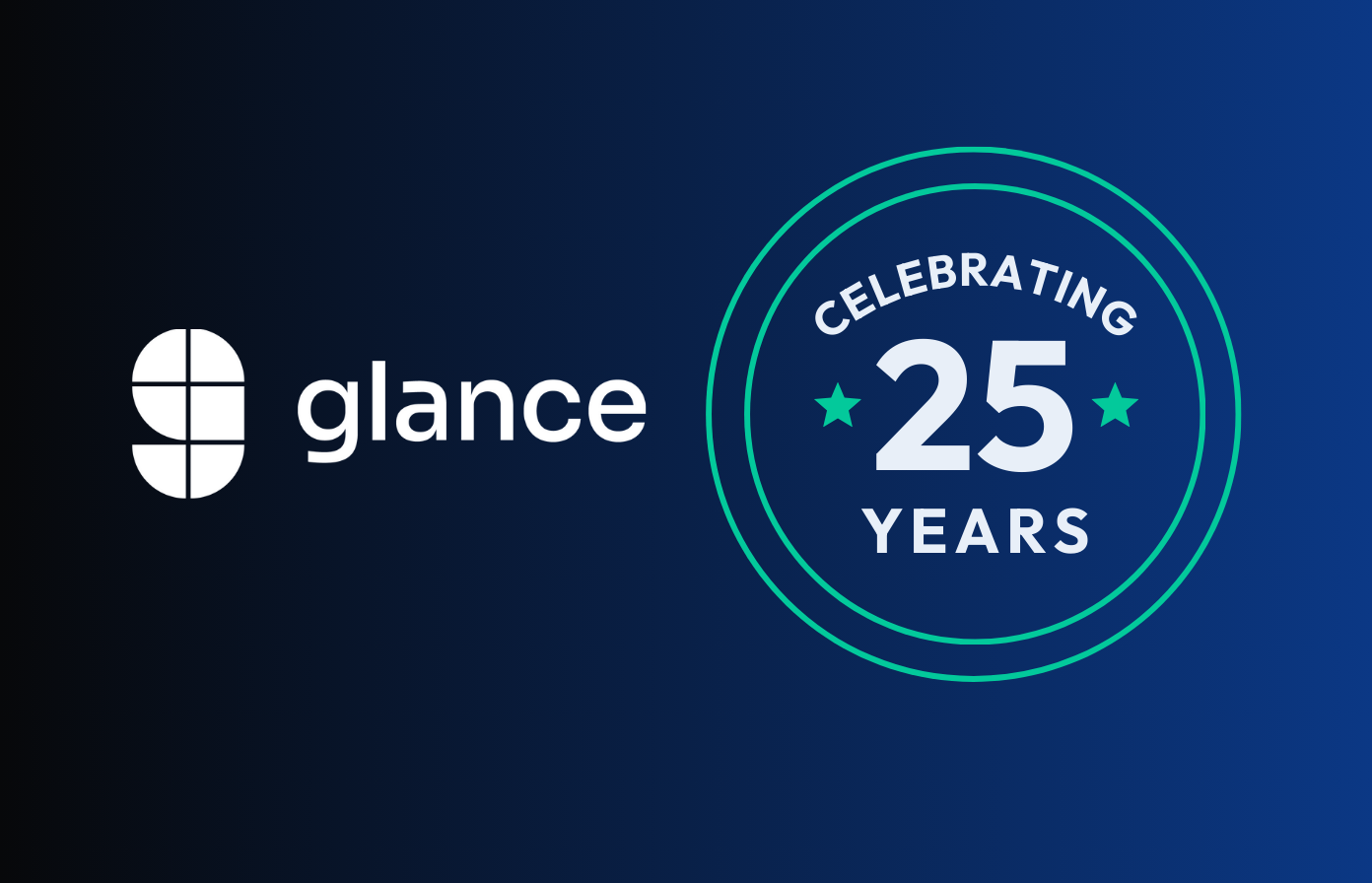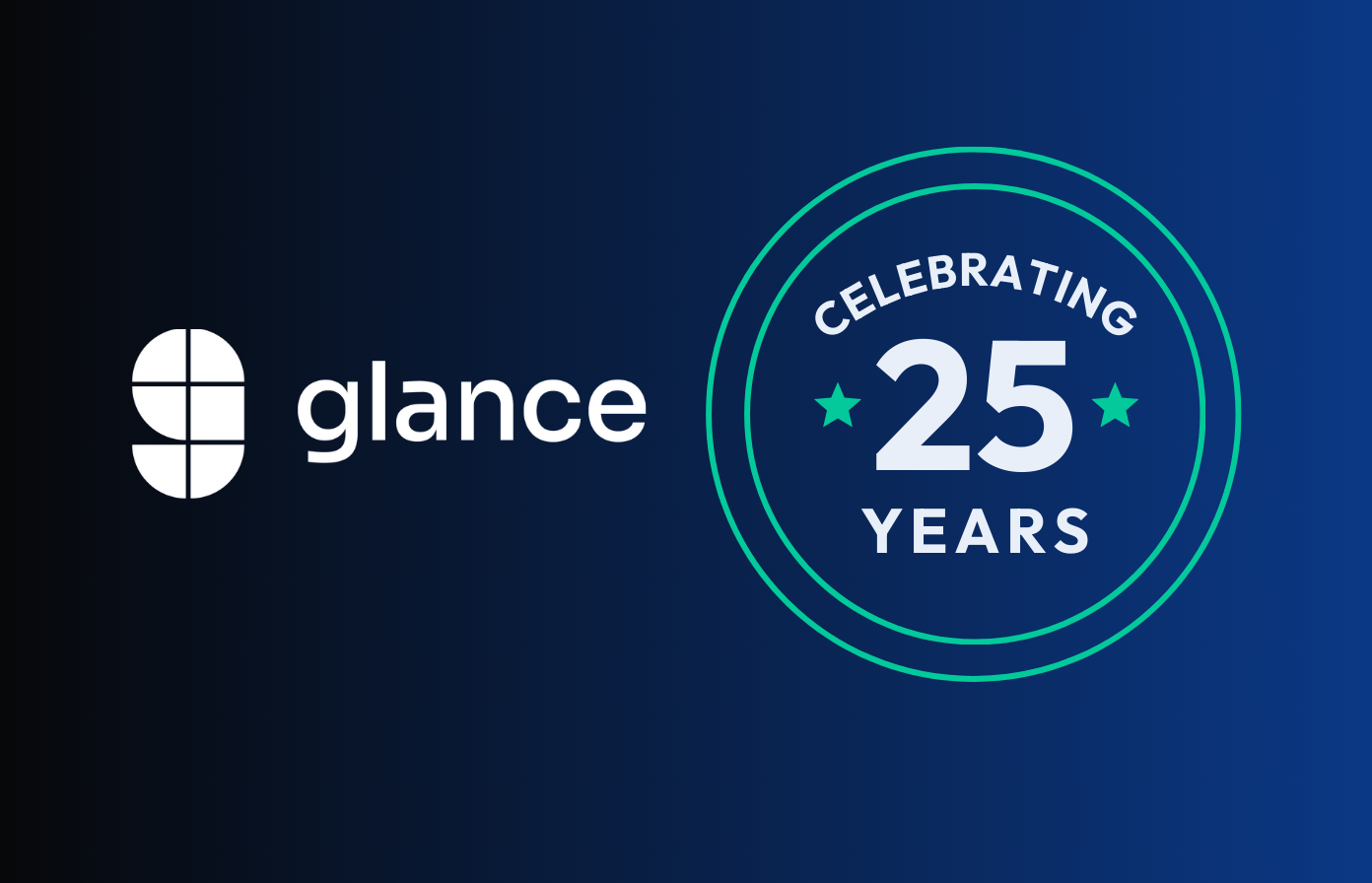There are countless tools and technologies in the marketplace that promise to streamline processes, save time, and help provide a better experience for your customers and employees. When selecting your customer service tech stack, there’s a lot to consider — not only how it will impact your customer service now, but also how it will continue to add value in the future.
How can you ensure that the digital customer service technology you’re investing in now will still serve you next year? What about five or even 10 years from now?
While there’s no crystal ball that can tell you with 100% certainty what your needs will look like in the future — not to mention the technology that will be available then — there are steps you can take to help future-proof your digital customer service tech stack and give you peace of mind in your buying decisions.
Before you sign the dotted line: pause. Consider how the technology you’re adopting today will benefit you in the future. Digital customer service is business critical. Doing your due diligence now can save you a lot of time, money, and headaches that your future self will thank you for.
Here are seven questions to answer if you’re striving to future-proof your digital customer service tech stack.
1. Are you leading with technology or strategy?
Your customer service tech stack isn’t a strategy; it’s a set of tools meant to align with your strategy to help you reach your goals.
Many customer support teams are unhappy with their current tech stack. A recent Forrester Consulting study found that only 37% of support leaders are happy with their current tools. This can be because they’re switching in and out of misaligned tools, or because they’re relying on outdated technology or processes. Putting strategy ahead of technology will help ensure your customer service tech stack is moving you forward; not holding you back.
In other words, be clear and consistent about what your goals are: Goals for your customer experience, agent experience, and overall business. If your tech stack isn’t contributing to these goals, it’s time to reconsider.
2. How will your digital customer service tools improve your agent experience?
It’s essential to consider how your tech stack not only serves your customers, but also how it serves your customer service agents.
Right now we’re facing labor shortages and burnout, and customer service agents are particularly vulnerable: customer service representatives rate their career happiness 2.3 out of 5 stars, putting them in the bottom 2% of careers.
We know that when customer service agents feel supported and valued, they’re more productive, provide better support, and are overall better employees. Investing in solutions that support your agents will help you now and in the future.
3. How might your use cases change in one, five, and 10 years?
Take a look at your business plan. Based on your goals, new products/releases, etc. How might your use cases change next year?
Now consider current trends and the direction of the industry. How do those use cases change in five or even 10 years? When thinking longer term, don’t solve for product features — solve for customer outcomes. Features change constantly, but customer outcomes don’t.
Does your current tech stack support this evolution, or is it only “good enough for now”?
If you want to future-proof your digital customer service tech stack, you have to consider the future. We know this seems like a no-brainer, but it’s very easy to get consumed by the needs of today and forget to forecast the needs of tomorrow.
4. Are your solutions flexible to adapt to future needs?
The exercise of anticipating your future use cases is important, but the truth is, life — and business — is full of surprises. It’s important to select solutions that are flexible enough to adapt to changes.
As your tech stack grows, it’s imperative that all solutions work cohesively together. Disconnected, dated tools are a huge pain point for both customers and employees. Customers expect a seamless experience and agents need cohesive tools that empower them to provide personal customer support at scale.
If there are current and future integrations and a solid API, that’s a good indication that the software or solution has the flexibility you need.
5. Do you have solutions in place for proactive, self-serve, and human support?
Today’s customers expect answers the moment they need them. Today’s customer support teams must have various levels of support in order to meet customer demand as efficiently and effectively as possible.
That means your agents can’t do it all. Ensure your digital customer service tech stack includes solutions for proactive help, self-serve content, and of course, one-on-one, personal human support. This will allow your team to get ahead of known problems with automation while reserving agent interactions for more complex issues that require a human touch.
6. Does your tech stack support personalized care at scale?
The Forrester Consulting study revealed that 54% of teams can’t reliably personalize support with their current tech stack.
Customer expectations have increased, and this statistic shows that many companies are falling short. If your tech stack doesn’t allow you to personalize support based on factors like a customer’s past interactions and profile attributes, you’re missing an opportunity.
Ensure your digital customer service tech stack gives your team the ability to know who the customer is and where they’ve been, while also enabling agents to offer something all people crave: human connection. Conversational support like chat and co-browsing software provides an opportunity for highly personal support that can lead to improved retention, loyalty and customer satisfaction.
7. Does your tech stack support the entire customer journey (by supporting outside teams)?
Customer experience is a top priority for modern businesses. While customer service and customer experience aren’t synonymous, they’re very much connected: customer service can make or break the customer experience.
It’s becoming increasingly apparent that all teams impact the customer experience and that silos don’t serve anyone. The modern customer service tech stack needs to consider other teams outside of customer service who could benefit from solutions.
Communication between customer service teams, customer success teams, and marketing can help deliver a more cohesive customer experience. While there are likely to be some tools that are team-specific, there’s also likely to be overlap. Consider who and how other teams could leverage your tools and create better synergy.
Technologies change. Companies change. And customer expectations change. But one thing remains the same: the need for human connection. If your digital customer service tech stack supports this truth, you’ll be well positioned for the future.
One-click personalization: Create meaningful human connection at scale with Glance
While AI and bots play a growing role in today’s enterprises, it takes the empathy and expertise of real people, in the moment, to deepen customer relationships and grow brand loyalty. Empathy isn’t a trend — it’s an essential element that will always be needed in your digital customer service.
Explore how Glance’s digital customer service solutions can provide one-click personalization that leads to quicker solutions, deeper connections, and more satisfied employees and customers. Learn more at Glance.net, or take a demo to see our solutions in action.



